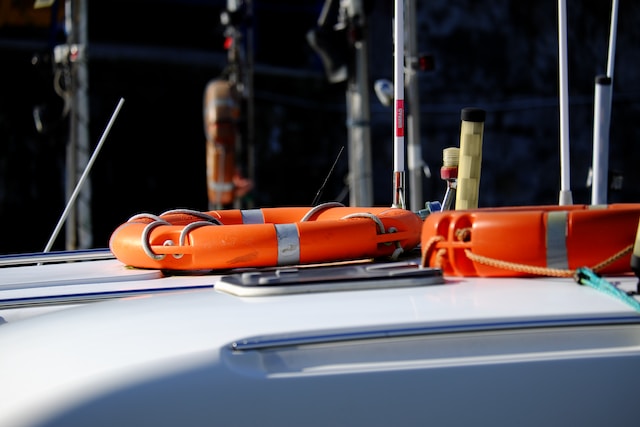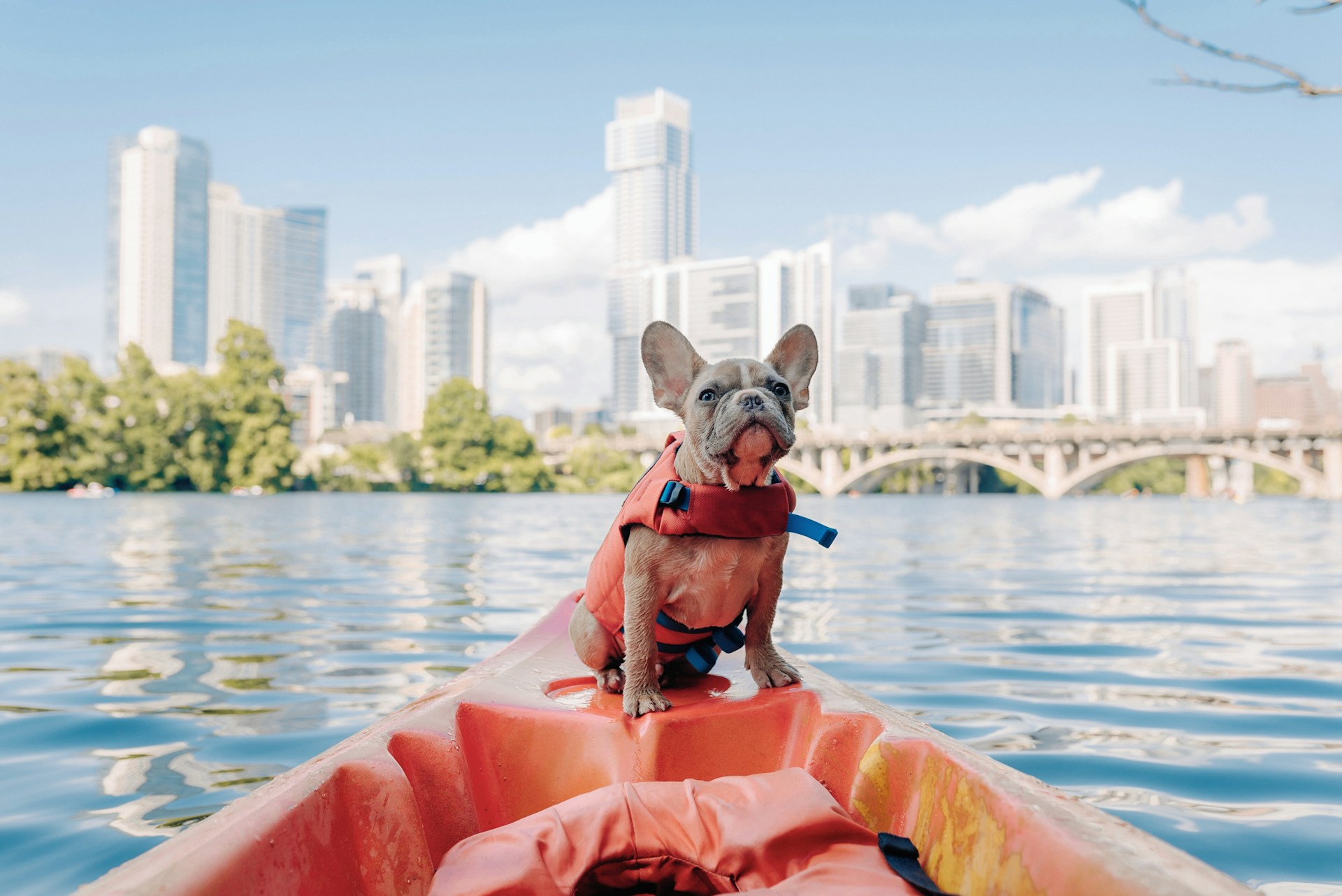

Life jackets, also known as personal flotation devices (PFDs), are crucial pieces of safety equipment designed to keep individuals afloat in the water and save lives in emergencies. Whether you're an avid boater, a skipper, or simply planning a yacht charter with family and friends, understanding the importance of life jackets and their proper use is paramount. It is important to us at Yasido.com to еnsurе that our customers are informed about water safety measures, including the use of life jackets. So here's a comprehensive guide covering everything you need to know about life jackets!

Let's start with the primary purpose of life jackets - to provide buoyancy and keep a person's head above water. They are essential safety gear for anyone engaging in water activities, including boating, kayaking, fishing, swimming, and more. In the event of an accident or unexpected immersion, a life jacket can be the difference between safety and peril. They should be easily accessible and marked on the yacht. There are several types of life jackets, each designed for specific activities and water conditions. The main categories include:
Type I (Offshore Life Jackets): Designed for open, rough, or remote waters to provide the highest level of buoyancy and support for individuals in offshore or open-water situations. Offshore life jackets are suitable for a range of activities and situations, including ocean sailing, commercial shipping, and offshore search and rescue missions.
Type II (Near-Shore Buoyancy Vests): Intended for calm, inland water or where quick rescue is likely. Less buoyant than Type I but comfortable for conscious wearers. When renting a boat for a yacht charter, these vests play a crucial role in ensuring the safety of passengers and complying with maritime regulations.
Type III (Flotation Aids): Suitable for activities where the wearer may need to move freely. Commonly used for water sports like kayaking, canoeing, and fishing. Prioritizing proper sizing, visibility features, and passenger education contributes to a safer and more enjoyable yacht charter experience for all on board.
Type IV (Throwable Devices): Devices like lifebuoys or cushions are crucial in man-overboard situations. Charter yachts are generally required to have throwable devices on board for the safety of the crew. When completing the check-in procedure, please ensure, that all crew members are familiar with the location and use of throwable devices on the yacht.
Type V (Special-Use Devices): Designed for specific activities like water skiing or windsurfing.

As boaters, we know that a life jacket must fit snugly to be effective. We advise you to always look for sizing information on the label and follow manufacturer guidelines. Adjust all straps and buckles to ensure a secure fit. After securing the life jacket, lift your arms. If the life jacket moves significantly, it may be too large. For recreational boaters, there’s no legal requirement to get your lifejacket serviced. However, good maintenance and inspection of life jackets are crucial for their effectiveness and longevity, so check regularly for any signs of wear, tear, or damage before each use. Ensure all buckles and zippers are in good working condition and last but not least - clean properly: rinse with fresh water after use and allow to dry thoroughly.
Understanding the legal requirements for life jackets in your region is also essential - some laws may impose age or activity-related restrictions for life jacket use. There are special life jackets available for children, toddlers, babies, and last but not least - pets - so always ensure your loved ones wear appropriate gear!

Life jackets for children include a headrest to support the infant's head and are equipped with a strap that goes between the legs to secure the life jacket in place. Dog life jackets come in various sizes to accommodate different breeds and sizes of dogs. We recommend giving your furry friend a chance to get used to wearing its life jacket before actually getting on a boat – and it’s a good idea to allow your pet to practice swimming while wearing its jacket too. For both children and pets, it's crucial to choose life jackets that fit properly. Follow size and weight recommendations provided by the manufacturers.
So, to sum up - safety first, safety second! To have a secure sailing experience - stay informed, follow safety guidelines, and make life jackets an integral part of your aquatic adventures. After all, safety on the water begins with being prepared!
Safe sailing!